I will promptly provide any detail or revise my question aimed at any feedback.
Does the profile of phase-noise power spectrum density (PSD) vary with time?
The conclusion may be that it won’t basically vary with time or it won't do that within a specified period of time?
The phase noise originates from modern communication transceiver considering the direct-conversion architecture.
Hope to be answered and explained detailedly.
